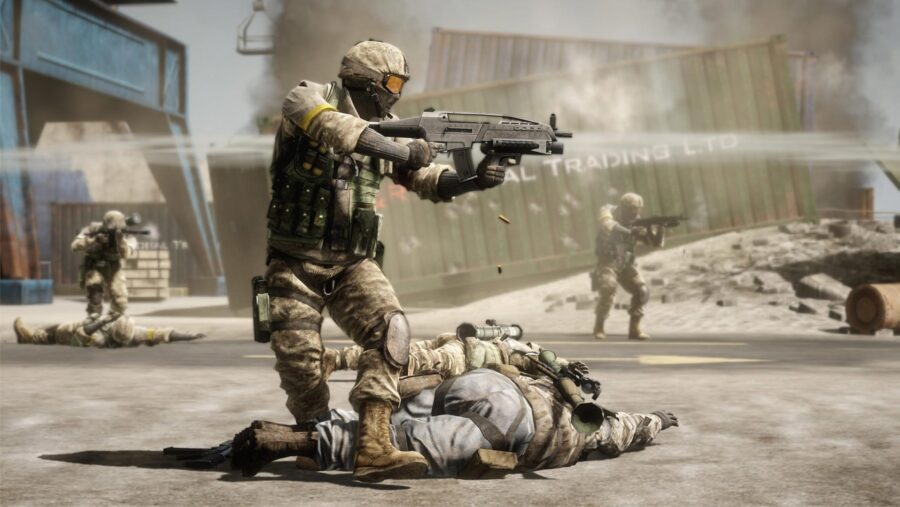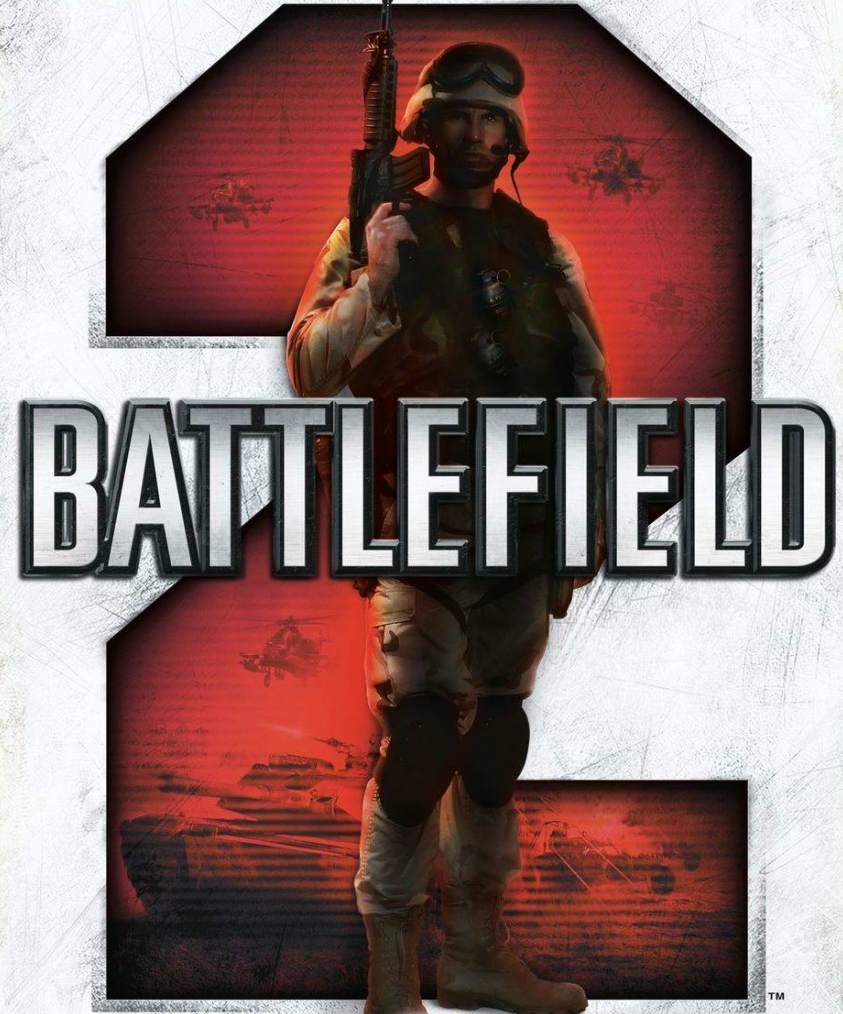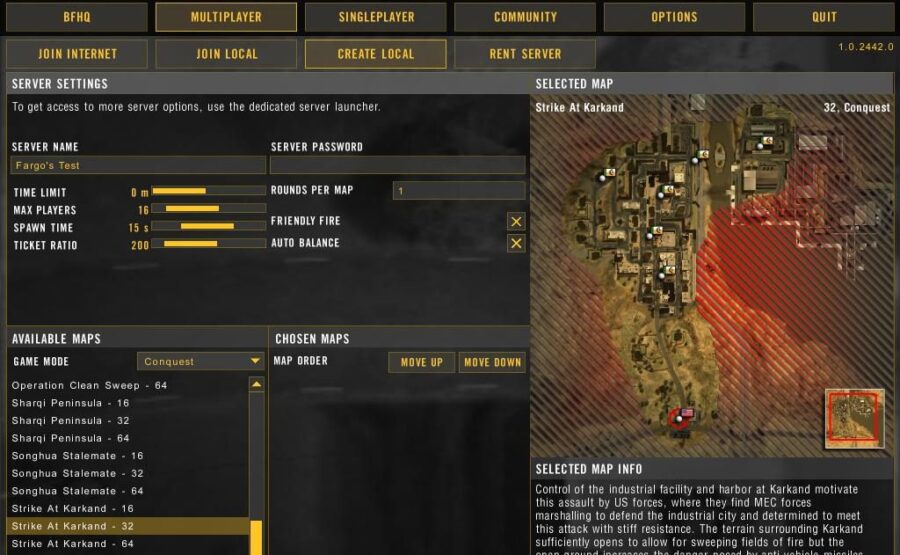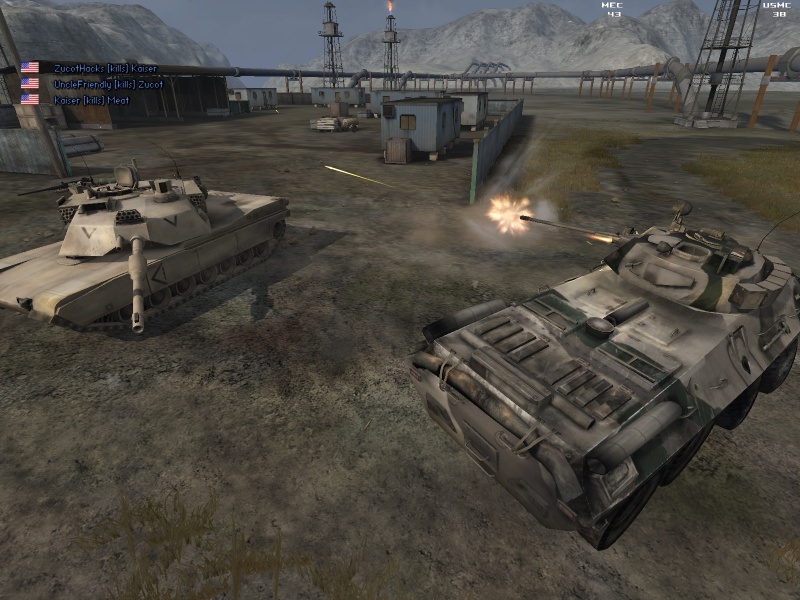The Best Battlefield Game Ever Isn’t Bad Company 2
Nope, it's not Bad Company 2!
This article is more than 2 years old

2010’s Battlefield: Bad Company 2 was a delightfully silly and self-aware shake-up of the franchise that took itself seriously and created a formula that offered an infectious sense of fun, packed in one fantastic game. It was, in fact, one of the earliest games that used DICE’s in-house Frostbite engine that powers many of EA’s games, like Mass Effect and FIFA franchises — the same one whose source coding was stolen in last year’s data breach. Regardless, the game offered plenty of innovation, like interactive and destructible terrain, which could alter the course of the match, and the players loved every bit of it.
But Bad Company 2, with its destructive terrain and C4 hijinks, isn’t the best Battlefield game there is; the number one spot is currently held by 2005’s Battlefield 2 — which presently has 91/100 on Metacritic scale, opposing Bad Company 2’s 88/100 points. But how is it possible for a game from 2005, which was apparently the first game with adequate multiplayer matchmaking, to outperform a five-year-younger Bad Company 2?

Well, if you ask those that were introduced to the franchise playing it on their older brother’s computer, Bad Company 2 is the best of the series, and there’s no question about it. But then again, those are the same generations of gamers that believe that the gameplay has to be super-complex to warrant their attention. Resident Evil 4 might’ve made over-the-shoulder aiming popular, and 2006’s Gears of War popularized the cover system, but 2003’s Kill Switch made better use of both gameplay mechanics, despite being less known by the gaming community.
Well, the same can be said about Battlefield 2, which admittedly shares very little gameplay mechanics with Bad Company 2. Still, according to gamers who are well-acquainted with the Battlefield franchise, back from the LAN gaming days of 2002’s Battlefield 1942, Bad Company 2 and the rest of the franchise fall behind Battlefield 2 for reasons we’re about to disclose.
The game’s best “selling point” to this day remains its maps. The maps’ terrain wasn’t destructible, and the game didn’t allow you to fight tornadoes, but they were exceptionally well balanced. The solid, non-destructible terrain allowed gamers to employ rewarding flanking tactics, and the entire game had much less sniper use. Not to say that snipers weren’t usable, but there were fewer “death zones” on individual maps, in which mere steps meant instant death by at least four sniper-playing gamers.

Classes were also well-balanced, as opposed to future installments in the franchise. There were a lot of classes, and each had plenty to add to the combat, but also suffered noticeable class-specific drawbacks. For example, taking an anti-tank class didn’t mean you were an unstoppable force to be reckoned with. Instead, it meant that you were effective against vehicles but very ineffective in infantry combat. We’re not saying that it couldn’t be done; playing against infantry as an anti-tank class wasn’t impossible, but it offered very little chance of success.
Spec ops classes were great for their intended purposes, but they weren’t masters of infantry combat, and they suffered massively in middle-to-long range conflicts. Assault classes were fantastic at infantry combat, medics were great as a support, and perhaps suppression fire, but all were collectively horrific in vehicular combat. That’s why you needed anti-tanks, which sucked at almost everything else by design. Nowadays, in modern installments, anti-tanks tend to be perfect soldiers killing everything in their wake and leading the scoreboards. It really does take away from the entire experience.

In addition, besides the obvious fast-paced combat, the rest of the experience, even in intense matches, wasn’t as fast-paced as in modern games, which only brings the Battlefield experience closer to that of Call of Duty. Many modern games just toss players into the heat of the battle as quickly as possible, which made dying less of a punishment, considering that gamers would’ve spawned nearly back at the same spot. Battlefield 2 used an entirely different system, which forced gamers to be smart, utilize strategies, and avoid getting themselves easily killed, emphasizing smart thinking and playing. You simply had to be smarter and more careful of your surroundings to get back in action.
In conclusion, Battlefield 2 offers all the highlights of the FPS genre, with simple yet very effective mechanics, without numerous drawbacks plaguing the genre today. Unlike modern Battlefield games with destructive terrain and weather systems, Battlefield 2 was very simple in its complexity: it encouraged and demanded smart play, as opposed to the cannon-fodder mindset modern FPS gamers have with their mindless button-mashing and fast spawn points.












